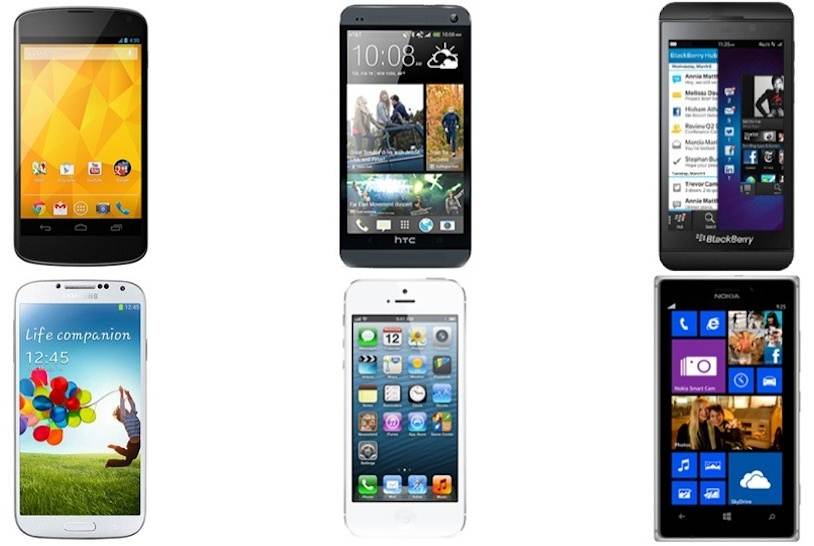Smartphone displays not only act as a platform for watching videos and playing games but they also act as a control panel. You certainly cannot operate a phone that does not have a screen (nice joke). These displays were not always like this. There was a time when mobile phones used to have a black and white screen. Displays have improved a lot in the last decade. Moreover, in the coming days, we will see some revolutionary changes in the display technology.
In this article, I am going to take you on a journey that will explore the past, present and expected future of smartphone screens.
The World of Black & White Display
Just a decade back, black & white mobile phones had been ruling the world. Phones with color displays were so costly that only people with really deep pockets could afford them. Another important feature of this era was small display size. In the early 2000s, you could hardly find mobile with display size of more than 2-inches.
Touchscreen Revolution: After the launch of the first iPhone and few other android smartphones came the touchscreen revolution. Chinese companies quickly adapted it and launched many touch smartphones with crazy features. These devices were priced quite low and later the market dubbed them as “China Mobile”. Almost every China Mobile used to come with a huge display.
The early touch screen phones were not like the ones we use today. They featured resistive touch, which required a little push on the screen in order to register an input. In the later years, manufacturers like Samsung, Sony, and Apple launched smartphones with capacitive touchscreen technology (which is still in trend).
The New Smartphone World: The real revolution as the brands became highly conscious about display quality took place after the year 2010. Among budget smartphone manufacturers, Samsung was the first to consider increasing the resolution of smartphones screen. Soon enough Apple launched the iPhone 4 with Retina Display.
Still, the majority of phones out there sported TN Panels. These panels offer limited viewing angles and are also not bright.
The next big change happened when IPS technology entered the market. It allows the display to generate amazing colors and also increases the viewing angles. Most of the smartphones we see today come with IPS technology based displays.
What Is OLED and how is it different from LED or IPS panels
Experts regard the OLED technology as the best display technology we have invented until now. But before we move into its features and future, let us see how it is different from LED or IPS Panels.
LED, IPS and TN Panels: LED, IPS, and TN panels are all same at the fundamental level. Each pixel on these panels has three sub-pixels, which act as RGB filters. A backlighting system radiates onto these filters from back and depending on the image or graphic, the passing light gets color coated. Thus, the pixels on these panels do not produce their own light but depend on a light source (backlighting).
OLED Panels: The Organic LEDs are much different from the other existing panels. Individual pixels on these panels are capable of generating their own light. As a result, an OLED screen can generate true black colors (results in high contrast ratio), something that is not possible in case of normal LED screens.
Samsung has taken the concept of OLED technology to the next level and developed the Super AMOLED technology.
OLED Displays in the Coming Days
OLED screens are becoming more and more common with every passing year. Various experts have predicted that within 5-6 years the Organic LED technology will take over the other backlit display technologies.
The main benefit of having an OLED display on the phone is user can experience life like colors without compromising on anything. In fact, these screens are much more power efficient and fast than the normal LEDs.
Smartphone Display In The Future: Predicting the future is really hard, especially when it comes to technology. However, one thing I can guarantee is in the coming years, wearable gadgets will be in the limelight.
Many manufacturers are already spending tons of money on the development of flexible screens. Some smartphones and wearable watches in the market offer curved display even today.
As VR headsets become more famous, people will start demanding for higher resolution and greater color accuracy on smartphones.
